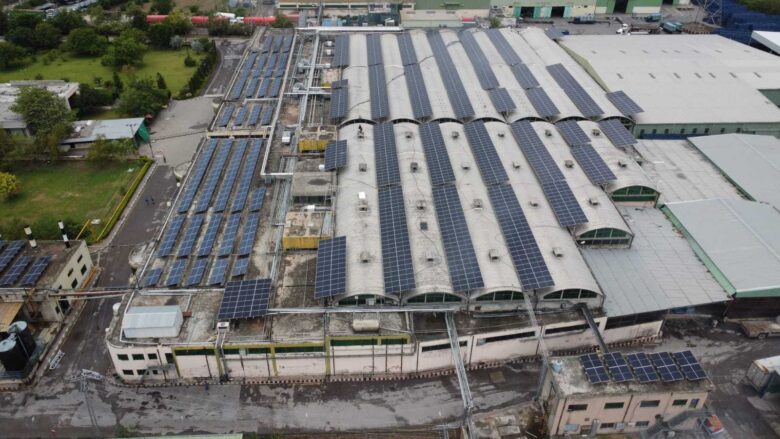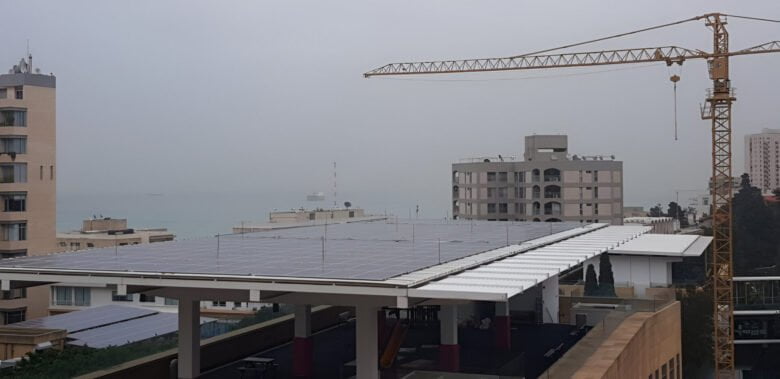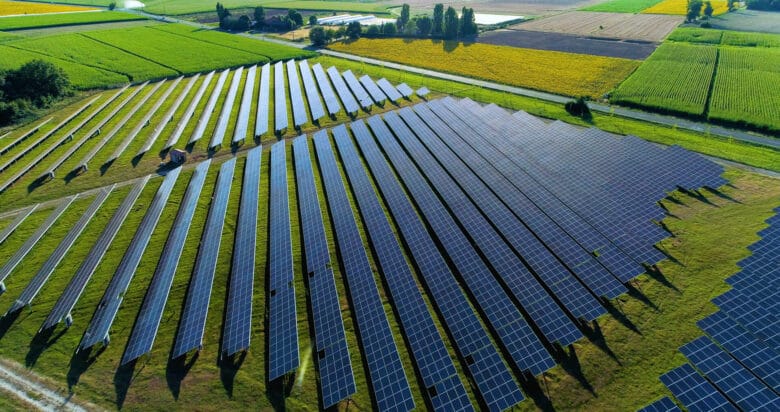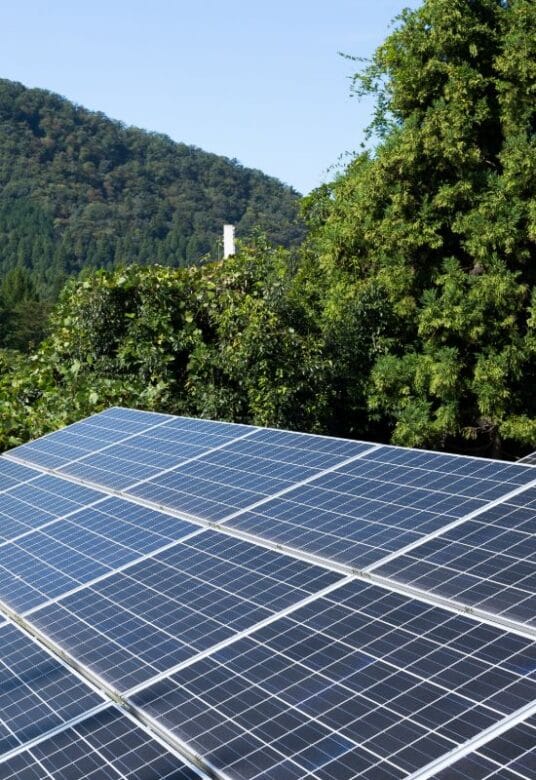Major Countries with Load Shedding
Energy crises are increasingly becoming a global concern. Although load shedding is often associated with certain regions, many countries around the world are now facing electricity supply challenges. This article explores how widespread load shedding has become and highlights some of Elum Energy’s use cases to help businesses mitigate its impact.
Load Shedding in South Africa
Since 2024 till today, load‑shedding in South Africa has been suspended the majority of the year. This is due to Eskom, the country’s main electricity supplier, making real progress with its national recovery plan. As of November 2025, South Africa has experienced an unprecedented stretch of stability in its electricity supply, with Eskom reporting over 168 consecutive days without load‑shedding.
Prior to 2024, South Africa experienced a severe energy crisis dating back to 2007. For the next decade and a half, widespread national power outages persisted intermittently (and at times intensively) – with the exception of a few hiatuses.
The current improvement to load shedding in South Africa is attributed to a combination of aggressive maintenance, the return of generating units, and replenished reserve capacity, supported by Eskom’s first profit in eight years. However, while scheduled load shedding has been suspended, some areas still face targeted load reductions due to local grid constraints, illegal connections, or infrastructure strain.


Load Shedding in Pakistan
In Pakistan, frequent load shedding continues to disrupt industrial and commercial operations, forcing many businesses to rely on on-grid diesel generators (DGs) to keep production running.
However, these backup systems come with significant losses, including high fuel costs, maintenance expenses, and operational inefficiencies. The NEPRA State of Industry Report 2024 highlights these challenges, noting the “losses from on-grid DG facilities during load-shedding,” while a 2023–2024 study in Scientific Reports shows that severe load-shedding is significantly affecting industrial production and recommends adopting hybrid energy systems to improve reliability and reduce costs.
Looking ahead, the Indicative Generation Capacity Expansion Plan (IGCEP) 2022–31 aims to add another 3,420 MW of renewable energy capacity by 2031, signalling a strategic push toward sustainable energy and greater grid stability.


Load Shedding in Sri Lanka
Occasionally, Sri Lanka faces load shedding (planned power cuts), especially during dry seasons when its hydropower reservoirs run low. For example, during the February 2025 dry spell, hydropower output dropped to around 20% of its typical capacity. Despite these seasonal challenges, the country reached a significant clean-energy milestone in June 2025, when the Ceylon Electricity Board (CEB) reported that renewable sources supplied about 72% of the nation’s electricity (its highest monthly share since the early 1990s).
Hydropower has historically formed the backbone of Sri Lanka’s electricity supply. However, it is often deprioritised during water shortages, as irrigation and drinking-water needs take precedence. As electricity demand grew and hydropower proved vulnerable to seasonal fluctuations, the country expanded its fleet of thermal power plants. According to the Ceylon Electricity Board’s Long-Term Generation Expansion Plan (2025–2044), these plants operate on imported fossil fuels such as diesel, fuel oil, and coal, while future capacity additions will increasingly rely on solar, wind, and battery storage to help manage seasonal swings in hydropower availability.
Load Shedding in Lebanon
For nearly three decades, Lebanon’s state-run electricity company has faced significant management challenges, resulting in frequent and prolonged blackouts. Today, the country continues to experience widespread power outages.
According to i24NEWS English, fuel shortages, driven by financial strains in the country’s energy sector, are behind the power cuts. Similar to the situation in South Africa before 2024, these outages have become a regular part of everyday life in Lebanon.

Load Shedding in Nigeria
Nigeria plans to boost its electricity generation to between 10,000 and 12,000 MW within the next three years, as stated by the federal minister of power of Nigeria, Adebayo Adelabu.
And although the country has an installed generation capacity of 13,625MW, as of 2022, 70.5% of grid electricity was generated by thermal plants, 27.3% from hydro, while solar and other power plants made up 2.2% (source: Nairametrics). Yet, only a portion of this capacity is typically operational due to grid constraints, gas supply shortages, and maintenance challenges.
As a result, frequent power outages in Nigeria have created a mismatch between potential and supply, leaving huge unmet demand and forcing widespread reliance on costly, polluting self-generation through diesel or petrol generators. The Energy for Growth Hub (2019) shared that Nigeria consumes just 144 kWh per capita annually, making it one of the most underpowered nations globally — only 3.5% of South Africa’s usage, with Ghana consuming twice as much, Tunisia ten times, and South Africa nearly thirty times more electricity per person.


Load Shedding in Zambia
Zambia, a landlocked country in south-central Africa, depends largely on hydroelectric power from the Kariba Dam, with 84% of its electricity coming from water reservoirs such as lakes and rivers. The remainder of the country’s electricity comes from coal (13%), with the final 3% supplied by solar, diesel, and heavy fuel.
Current load shedding in Zambia stems from an ongoing drought that has sharply reduced hydroelectric output, creating a significant power deficit. Because of this, power outages in Zambia can last up to 20 hours, with some areas receiving only brief periods of electricity.
According to the BBC, financial pressures have made it harder for the government to import electricity, as suppliers require upfront payment. Zesco spokesman, Matongo Maumbi, has mentioned that power is being brought in from Mozambique and South Africa, mainly to support the mining sector, Zambia’s primary source of foreign income. While the situation is serious, it could also drive a faster transition toward resilient and green energy solutions, potentially serving as a model for the region.
What Are the Long term Solutions to Load Shedding
The long-term solution to load shedding lies in increasing generation capacity, and officials are actively working towards this goal. However, businesses can achieve energy independence by installing renewable energy systems.
In the meantime, implementing technologies like a solar controller can optimize solar panel performance, ensuring efficient energy use, while a microgrid controller can enhance the stability and efficiency of hybrid energy solutions, providing a more reliable power supply.
For additional coping strategies, explore What is Load Shedding?






